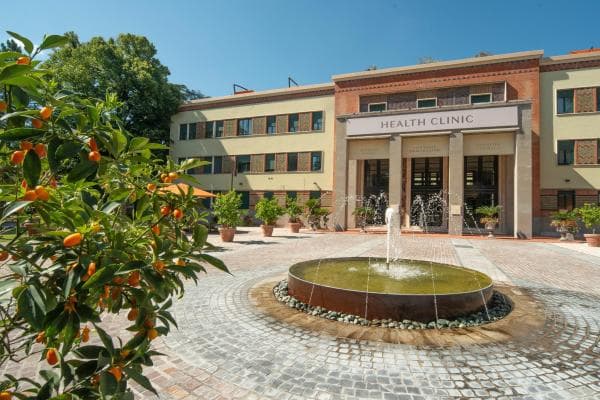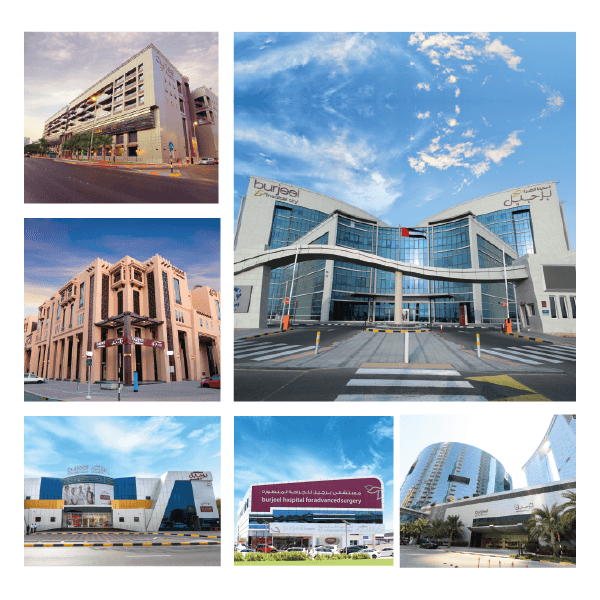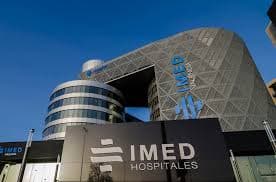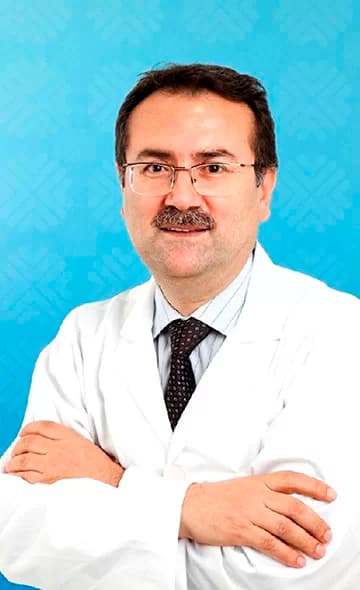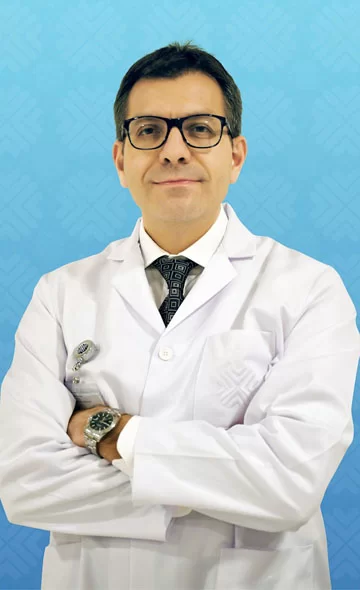Treatment Abroad – Find Verified Clinics, Reviews & Prices
Treatment Abroad made simple by A-Medical. Explore top clinics worldwide and start your journey toward better health today
We make healthcare abroad
simple, transparent, and fully guided from start to finish
Submit Your Request
Tell us about your treatment needs. We carefully review your case and match you with the most suitable hospitals and doctors.
Get Official Price Quotes
We provide verified treatment offers and proformas directly from hospitals — no middlemen, full transparency.
Connect with Doctors
We arrange direct calls or video consultations with hospitals and doctors so you can discuss your treatment plan confidently.
Confirm & Start Treatment
Once you accept the treatment plan, we schedule your hospital appointment and support you throughout your medical journey.
Clinics
Discover our network of world-class medical facilities offering comprehensive healthcare services
Why Choose Us
With us, you are in safe hands. We focus on quality, transparency, and patient-first care. Here’s what sets us apart
Only Accredited Hospitals
We partner exclusively with internationally accredited and top-ranked hospitals.
Direct & Transparent Payments
You pay directly at the hospital, with no hidden fees.
Free Direct Call & Video Consultation
Speak with our experts and doctors before making any decisions.
Best Doctor & Hospital Match
We carefully select the most suitable specialist and clinic for your treatment needs.
Worldwide Hospital Network
Access to a vast global network across 90+ countries.
More Affordable Pricing
We negotiate better prices from hospitals than you would get by contacting them directly.
Medical Conditions
Explore our comprehensive coverage of medical conditions and find the right treatment options
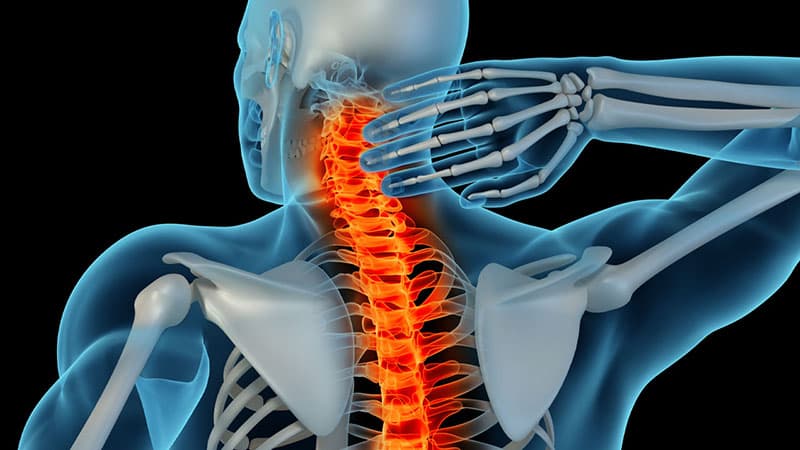
Spinal cord stroke
A spinal cord stroke happens when blood flow to the spinal cord is blocked or when a vessel bursts and bleeds. This damage prevents the spinal cord from sending normal signals to the body. It is very rare, making up less than 1% of all strokes. Symptoms The condition often begins with sudden, sharp pain in the back or neck. Weakness or paralysis may appear in the legs or arms. Sensation changes can include numbness, tingling, burning, or loss of temperature awareness. Other signs may involve bladder or bowel problems, muscle spasms, sexual dysfunction, or breathing difficulties if the upper spinal cord is affected. Causes An ischemic spinal stroke occurs when a clot blocks blood flow. A hemorrhagic spinal stroke results from bleeding inside the spinal cord, often linked to high blood pressure or aneurysms. Vascular malformations can also raise the risk. Risk factors Lifestyle risks include smoking, heavy alcohol use, and lack of exercise. Medical risks include high blood pressure, high cholesterol, diabetes, and clotting disorders. Other causes may be aortic disease, spinal degeneration, or complications after spinal anesthesia. What to do If a spinal cord stroke is suspected, call emergency services immediately. Prompt diagnosis and treatment are essential to survival and recovery.
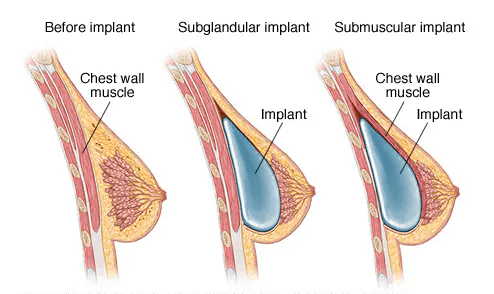
Breast augmentation
Breast augmentation
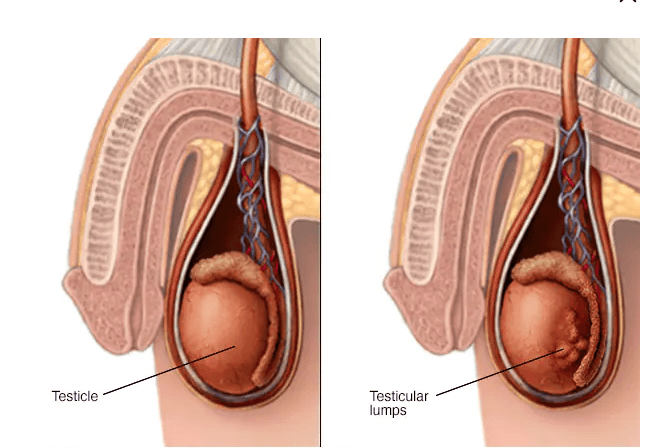
Testicular Cancer
Testicular Cancer
Get a free consultation
Talk to our experts and discover the best solution for your needs completely free of charge.

Related Articles
Stay informed with our latest medical insights and health tips
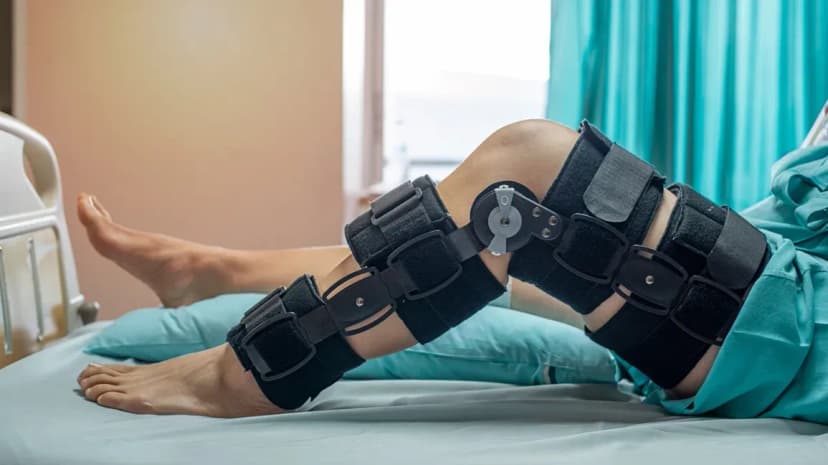
Switzerland’s Best Clinics for Torn Ligament Treatment
Switzerland is renowned for its exceptional healthcare system and access to advanced medical technologies. The country’s orthopedic and sports medicine clinics are globally recognized for their expert...
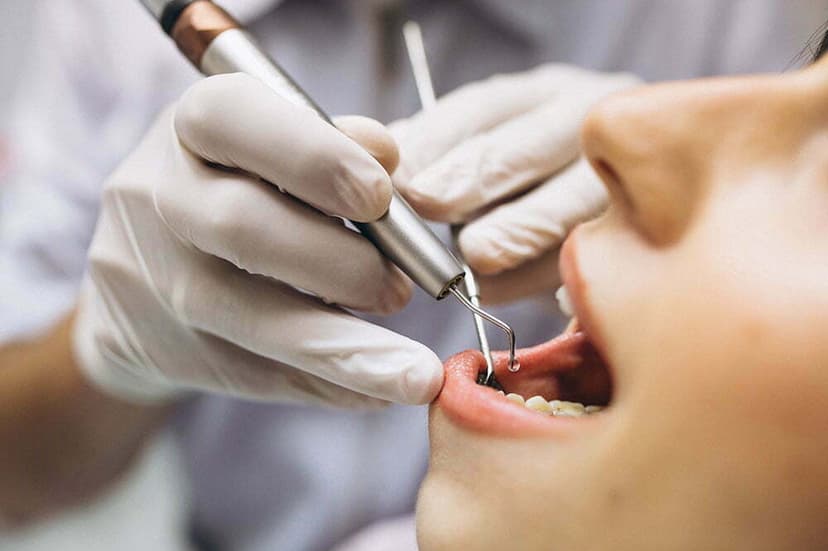
Dental Treatment in Turkey - Best Clinics, Costs & Packages
This article will delve into dental treatments in Turkey, the comprehensive packages offered by A-Medical Health Tourism, and guide you on getting dental treatment in Turkey.
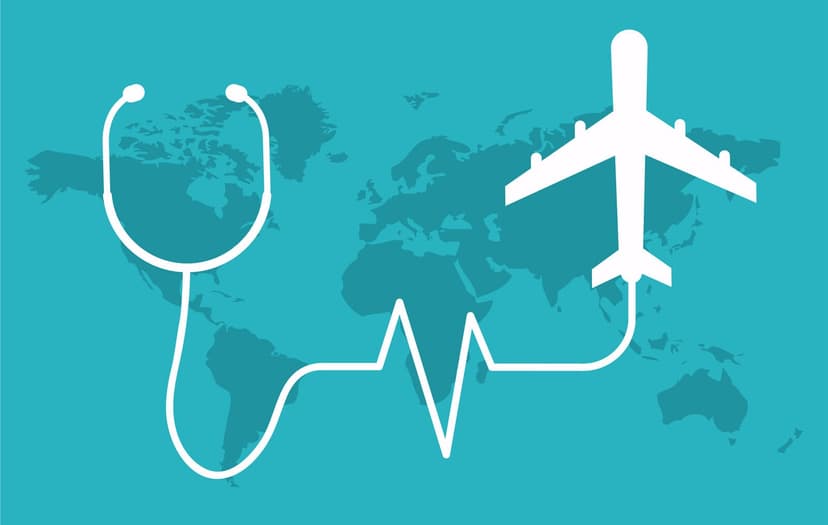
Medical Tourism: Cheap Way to Access Treatment
Medical tourism means the visits of people to another country in order to receive medical treatment. In other words, medical tourism is the travel that people make to receive treatment abroad for reas...
Our doctor is highly skilled and an expert in their field.
